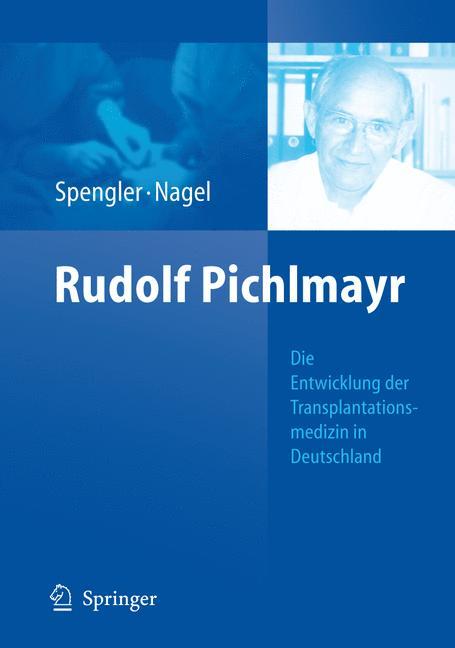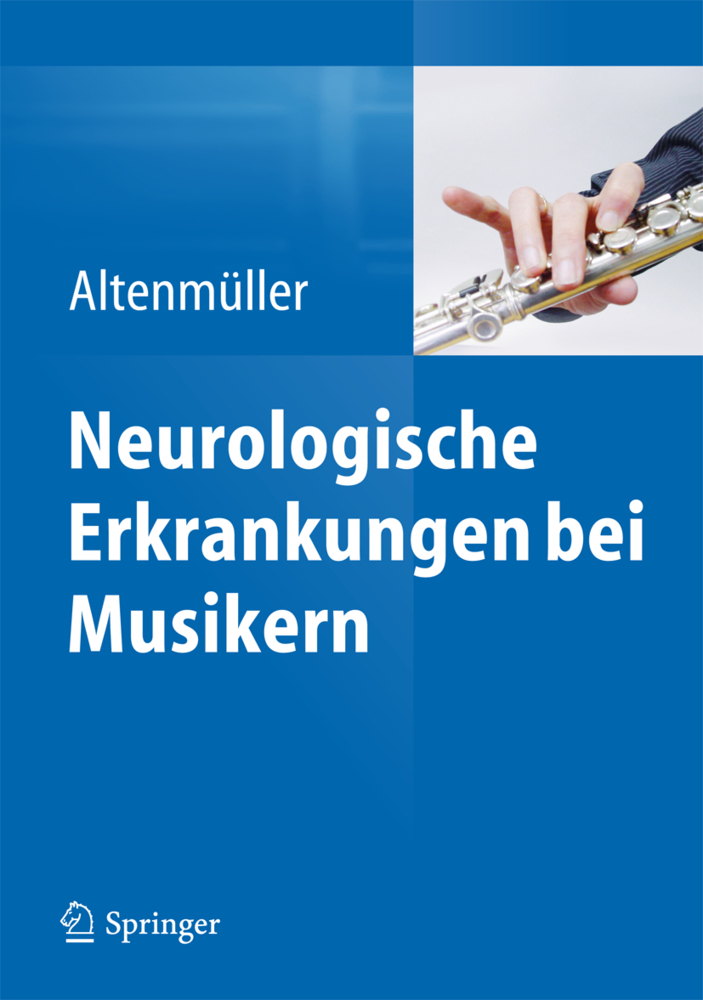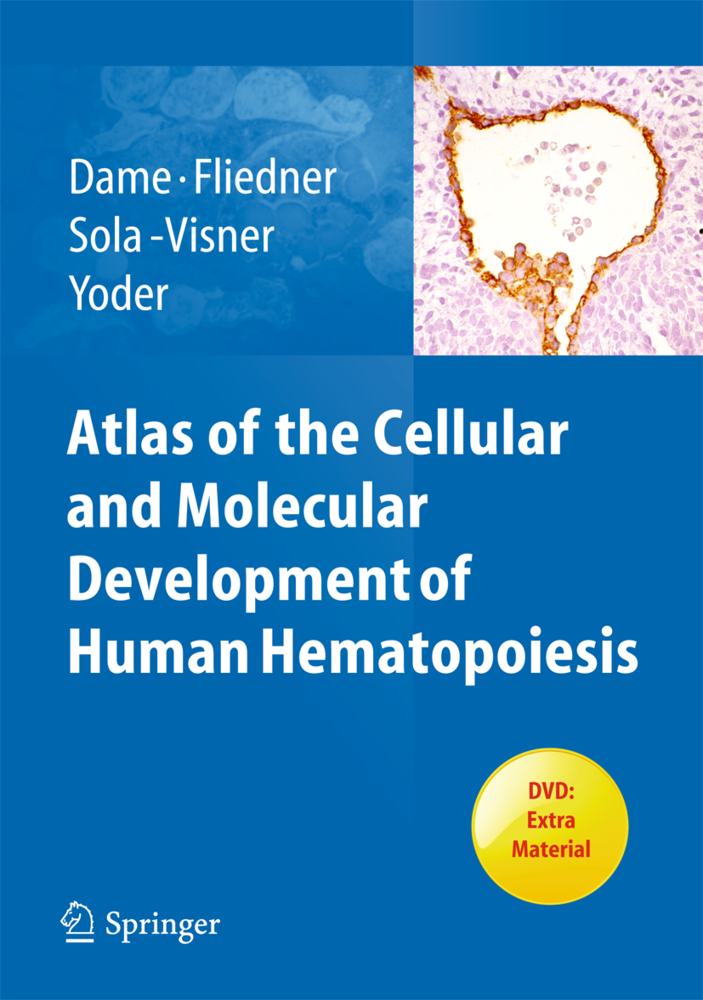Transition-Age Youth Mental Health Care
Bridging the Gap Between Pediatric and Adult Psychiatric Care
Transition-Age Youth Mental Health Care
Bridging the Gap Between Pediatric and Adult Psychiatric Care
Over the course of the last two decades, improved practices in child and adolescent mental healthcare have led to a decreased environment of stigma, which also led to an increased identification and treatment of mental health disorders in children and youth. Considering that treatment and outcomes are improved with early intervention, this is good news. However, the success gained in the field of child and adolescent psychiatry leads to a new challenge: transitioning from adolescent care to adult care.
It has been known for some time that children, adult, and geriatric patients all have unique needs where it comes to mental healthcare, yet limited work has been done where it comes to the shifting of the lifespan. Where it comes to the child-adult transition-defined as those in their late teens and early/mid-20s-there can be multiple barriers in seeking mental healthcare that stem from age-appropriate developmental approaches as well as include systems of care needs. Apart from increasing childhood intervention, the problem is exacerbated by the changing social dynamics: more youths are attending college rather than diving straight into the workforce, but for various reasons these youths can be more dependent on their parents more than previous generations. Technology has improved the daily lives of many, but it has also created a new layer of complications in the mental health world. The quality and amount of access to care between those with a certain level of privilege and those who do not have this privilege is sharp, creating more complicating factors for people in this age range. Such societal change has unfolded so rapidly that training programs have not had an opportunity to catch up, which has created a crisis for care. Efforts to modernize the approach to this unique age group are still young, and so no resource exists for any clinicians at any phase in their career. This book aims to serve as the first concise guide to fill this gap in the literature.The book will be edited by two leading figures in transition age youth, both of whom are at institutions that have been at the forefront of this clinical work and research. This proposed mid-sized guide is therefore intended to be a collaborative effort, written primarily by child and adolescent psychiatrists, and also with adult psychiatrists. The aim is to discuss the developmental presentation of many common mental health diagnoses and topics in chapters, with each chapter containing clinically-relevant "bullet points" and/or salient features that receiving providers, who are generally, adult-trained, should keep in mind when continuing mental health treatment from the child and adolescent system. Chapters will cover a wide range of challenges that are unique to transition-age youths, including their unique developmental needs, anxiety, mood, and personality disorders at the interface of this development, trauma and adjustment disorders, special populations, and a wide range of other topics. Each chapter will begin with a clinical pearl about each topic before delving into the specifics.
Transition-age youth
Tips for child and adolescent psychiatry providers15 going on 26: Tips for working with transitional youth
Developing a physician workforce to bridge the gap between pediatric and adult psychiatric care
Anxiety disorders
Mood disorders
Trauma and post-traumatic stress in transitional age youth
ADHD & learning disorders
Eating disorders among transition age youth
First episode & early psychosis in transition age youth
Transition age youth with autism spectrum disorder
Substance use disorders
Disruptive, impulse-control and conduct disorders
Emerging personality structures in transitional age youth
Obsessive-compulsive and related disorders in transitional age youth
Dilemmas in disability
Diversity and culture
Sexual and gender minorities in transitional age youth
Supporting connections: A focus on the mental health needs and best practices for youth in out-of-home care transitioning to adulthood
Reproductive health and pregnancy in transitional age youth
What's next after high school: exploring options options through identification of individual strengths and needs
Medical leave of absence
Digital media use in transitional age youth: challenges and opportunities.<p></p>
| ISBN | 978-3-030-62112-4 |
|---|---|
| Artikelnummer | 9783030621124 |
| Medientyp | Buch |
| Auflage | 1st ed. 2021 |
| Copyrightjahr | 2021 |
| Verlag | Springer, Berlin |
| Umfang | XVIII, 485 Seiten |
| Abbildungen | XVIII, 485 p. 49 illus., 47 illus. in color. |
| Sprache | Englisch |








